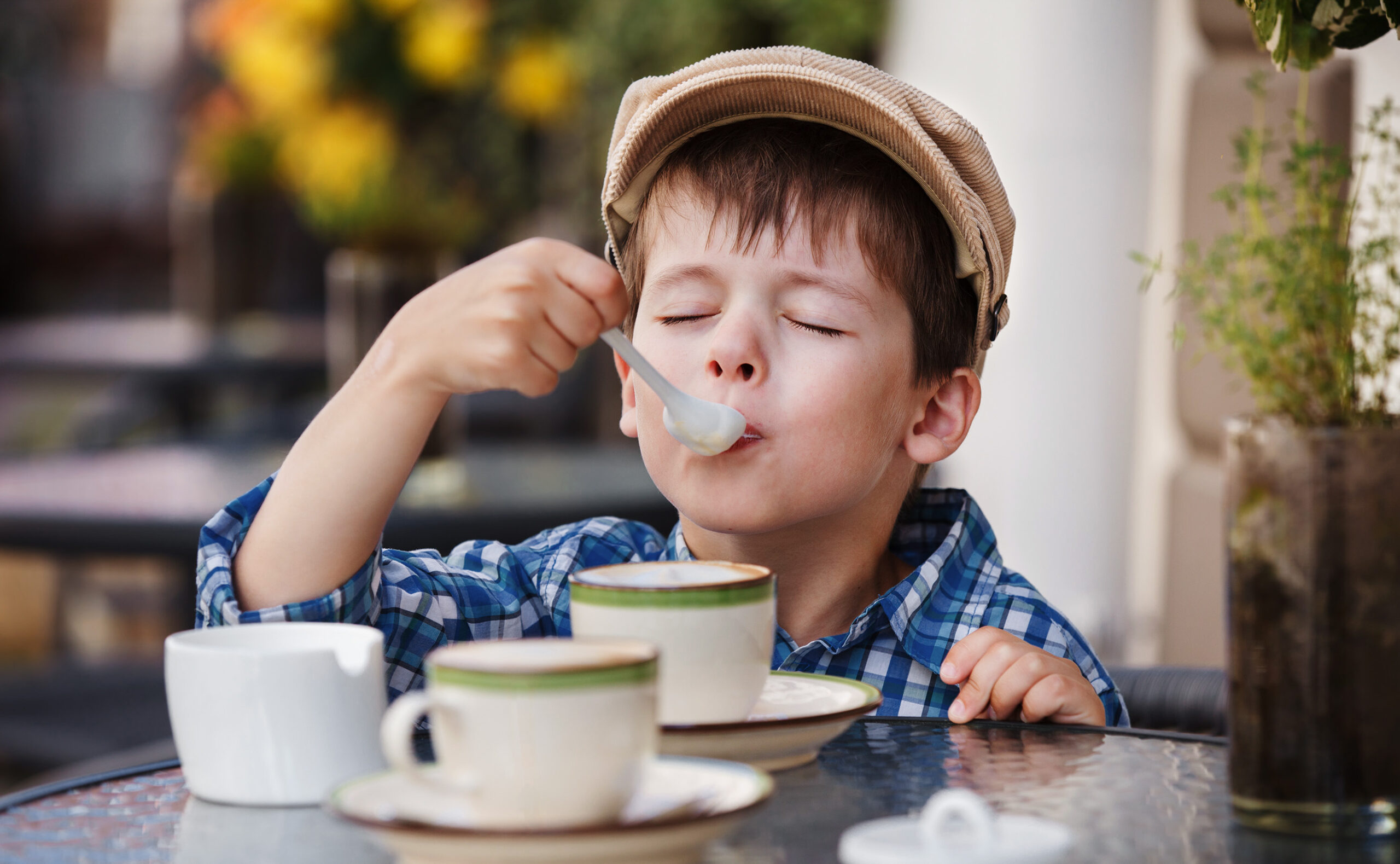Babyccino seems to be the name everyone has settled for a small child-friendly glass of steamed milk, but at the start of the millennium, the Kiwis were calling them Fluffies, the North Americans were calling them Steamers, and according to our Dean of Studies Jem Challender,
‘At the end of the ‘90s the best cafes in Sydney’s inner west were calling them Bambinoccinos.’
The Babyccino really gained traction in the early 2010s and became as synonymous with hipsterism around the globe as the مشروب فلات وايت (Flat White). Here’s an entertaining rant in the Independent from 10-years back where Siam Goorwich foretells,
‘Babyccinos are the latest in a long line of hipster-led, more-lifestyle-than-sense trends, and by perpetuating this affront to hot chocolate, you are not only encouraging your child’s future caffeine addiction, but also contributing to the destruction of civilised society.’
In an early deep dive into the origins of the Babyccino, Lachlan Ryan observed,
'The babyc[c]ino was born out of necessity, as a simple drink that allowed baristas to adopt a SDSU (sit down, shut up) service model for children. It was originally served from the cold dregs of a milk jug, and was initially offered free of charge.’
These days most independent cafes charge at least a dollar, and you can expect at a minimum, chocolate sprinkles, at a pinch, some hundreds and thousands and, if you’re really lucky, you might score a marshmallow, or even a flake.
To Charge or Not to Charge?
At Barista Hustle, we generally advise cafes to charge for everything. The reason being is that the ingredient costs of a beverage are only a faction of your running costs. Most cafes aim to make at least a 10% profit margin in order to ensure they are able to run smoothly with a modest return to reinvest back into the business. By that rationale, if you give away a dollar, it actually costs you $10.
